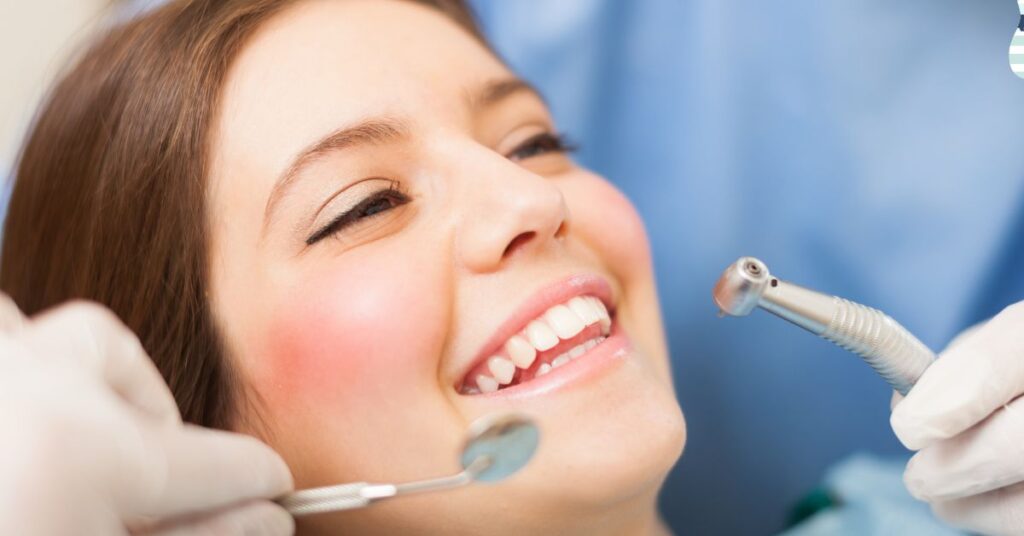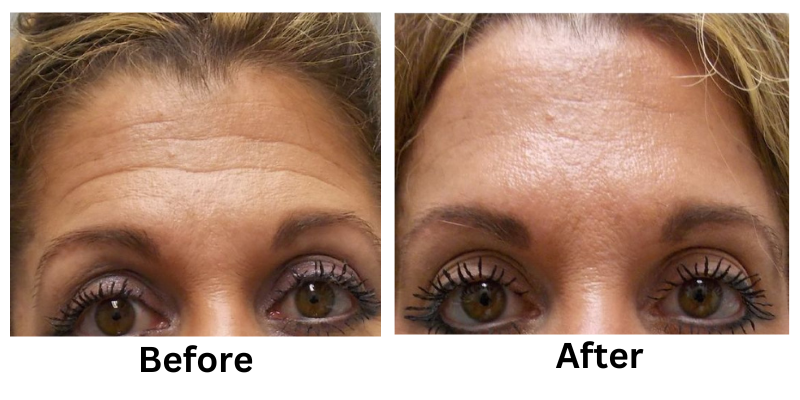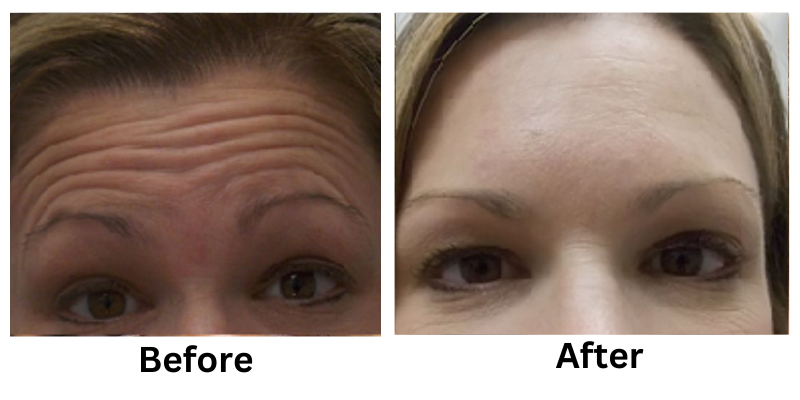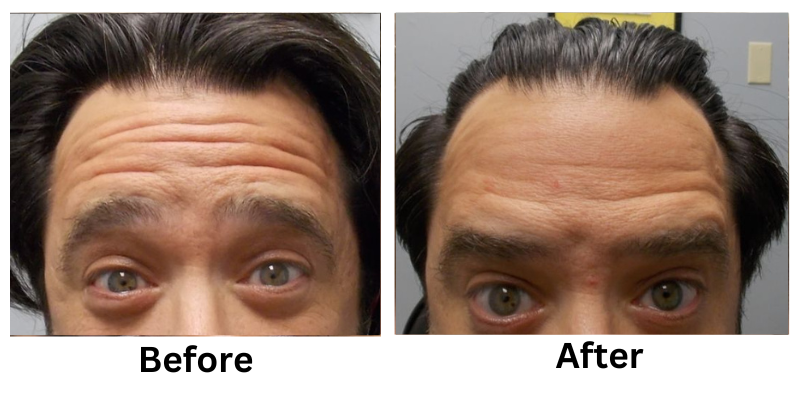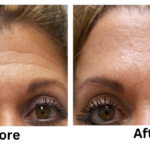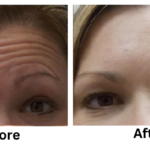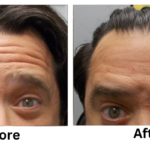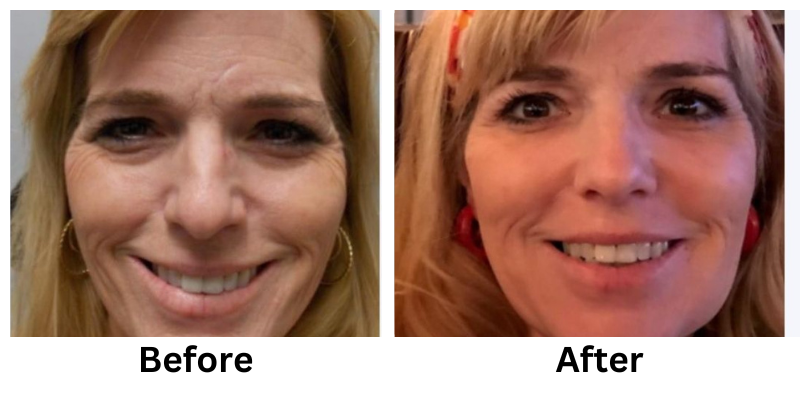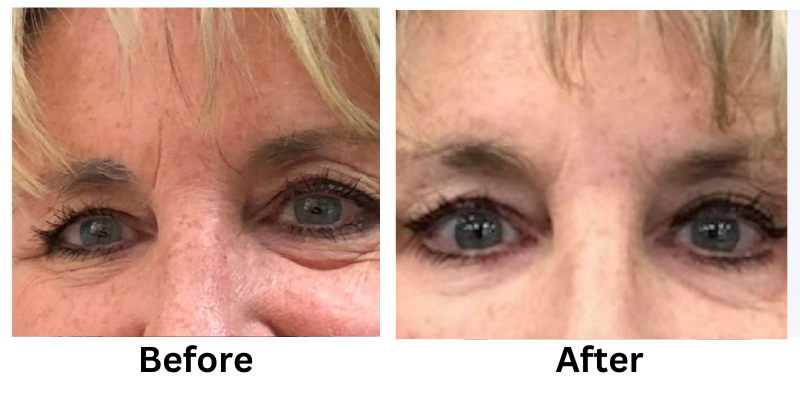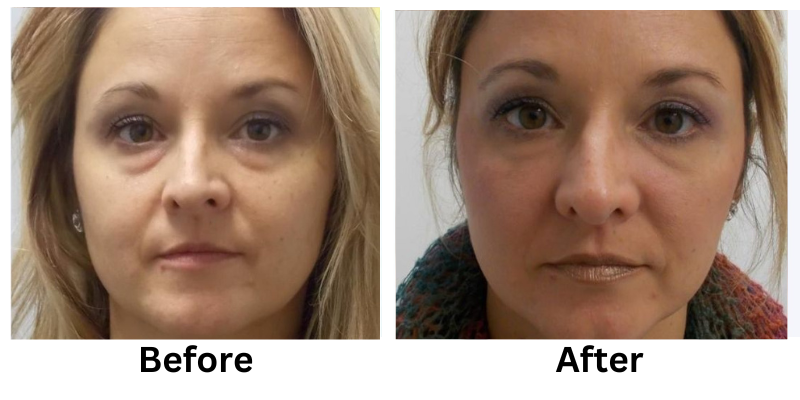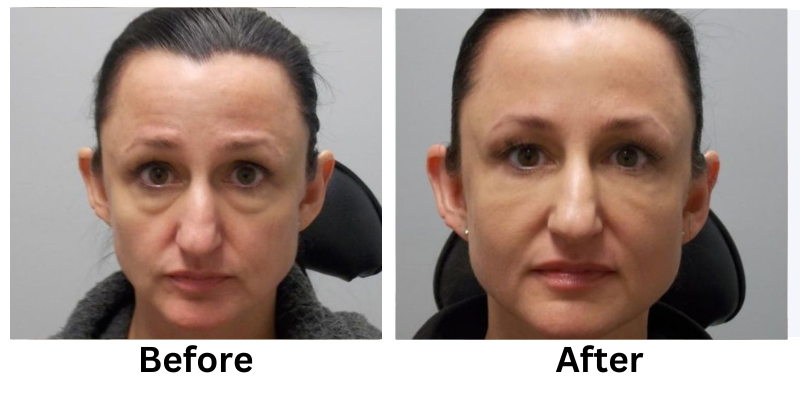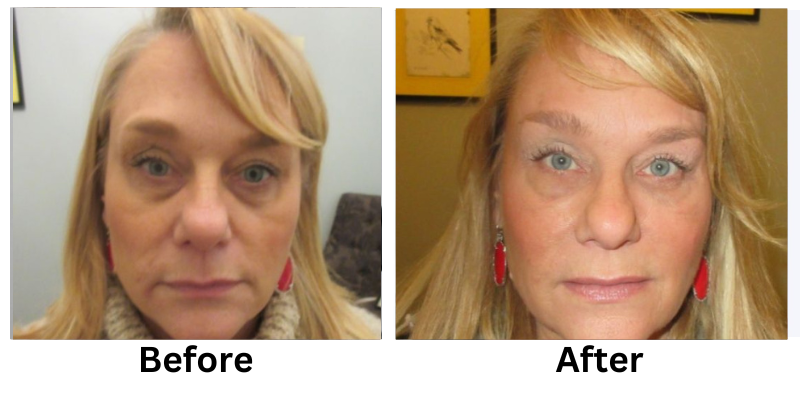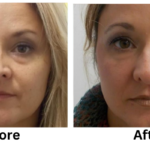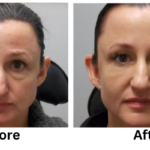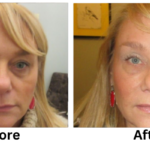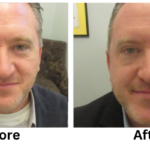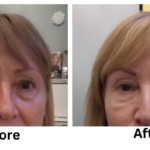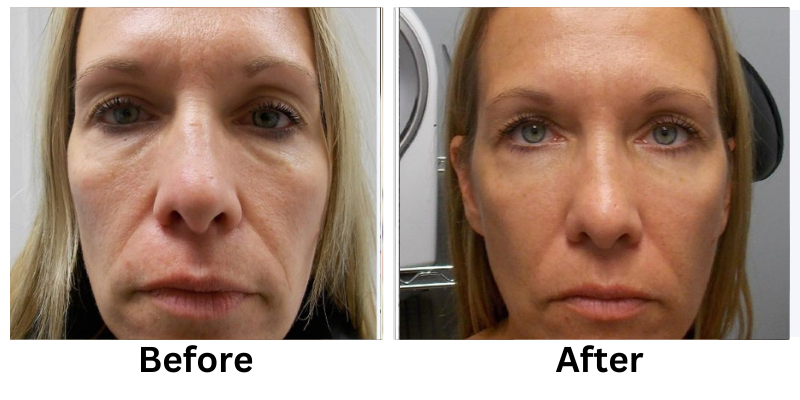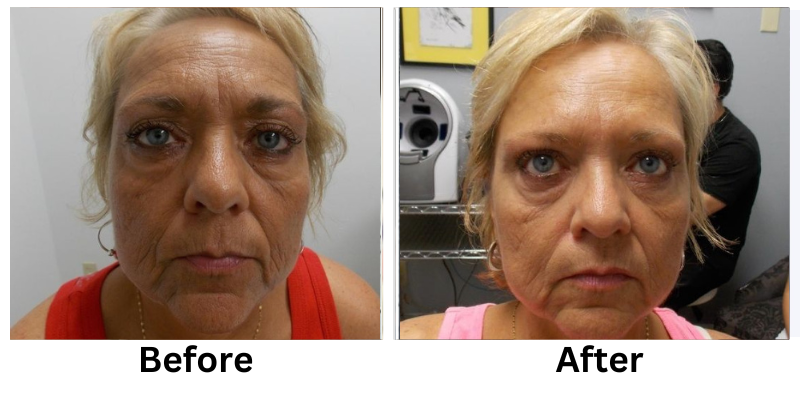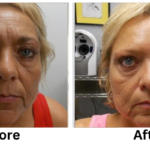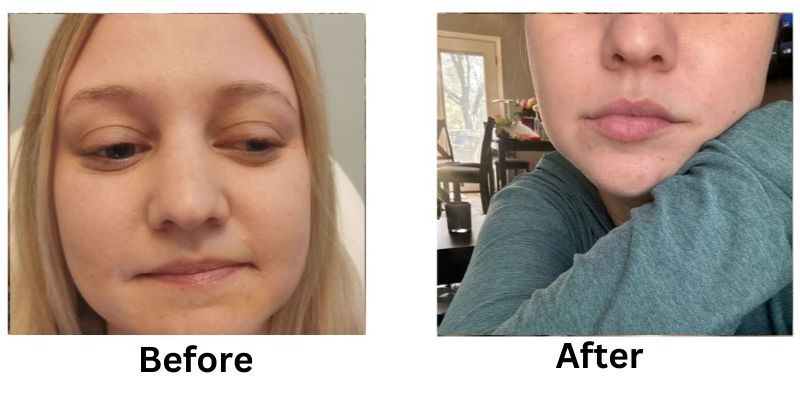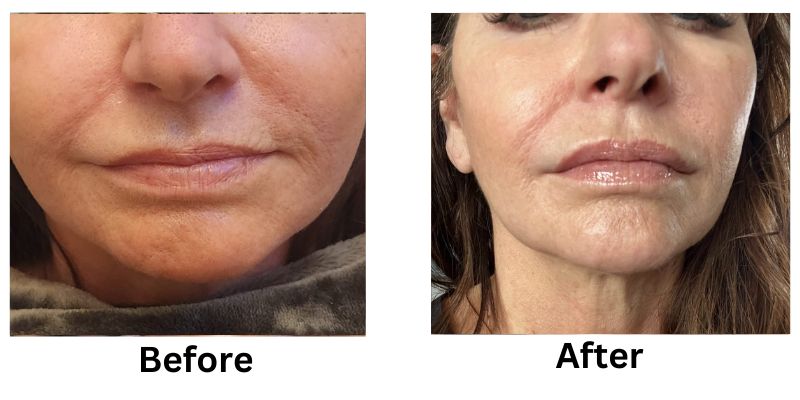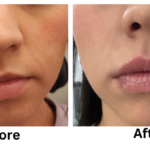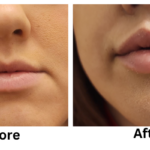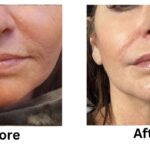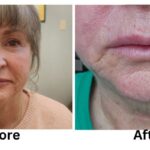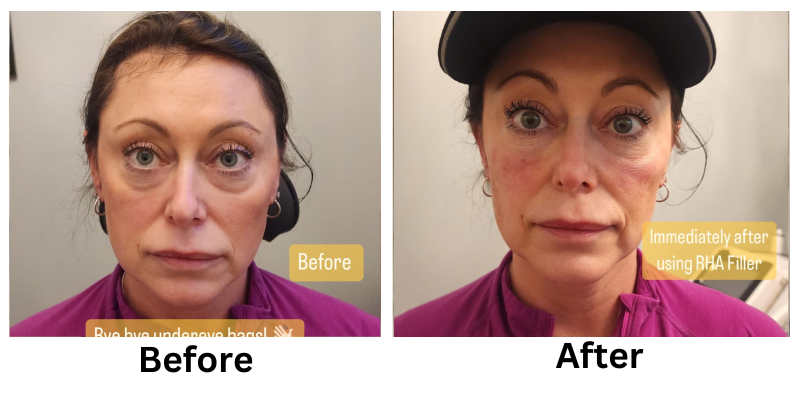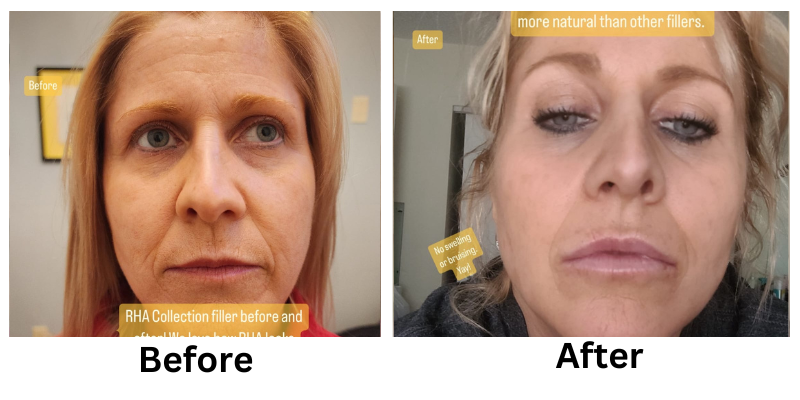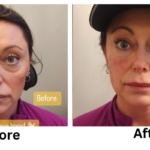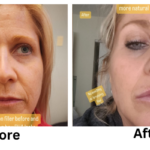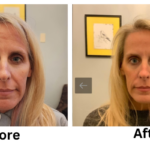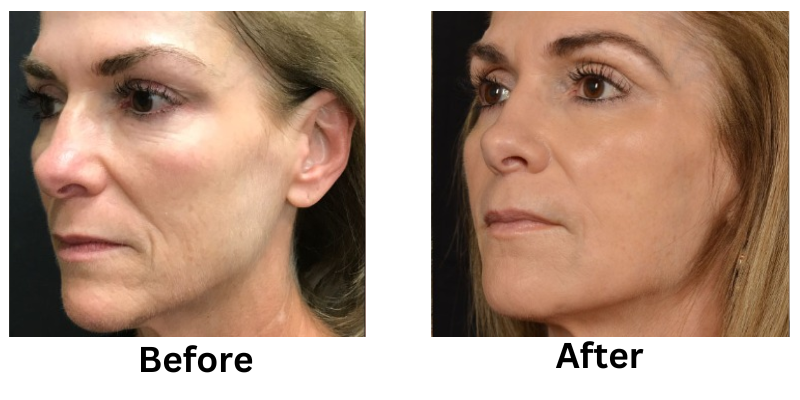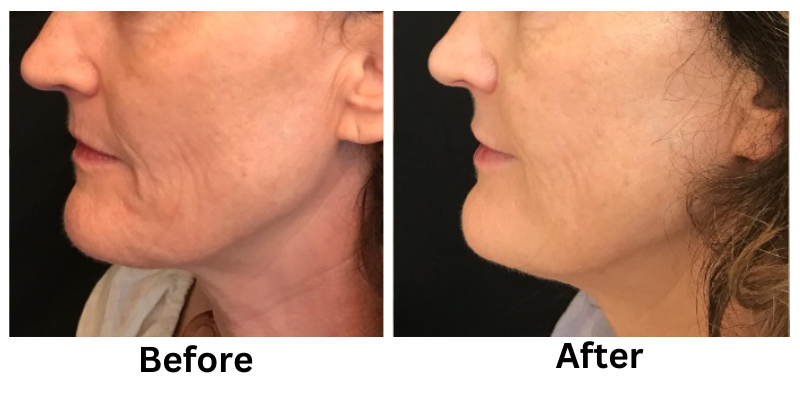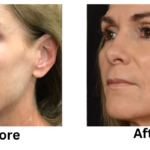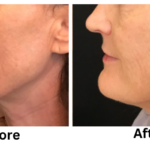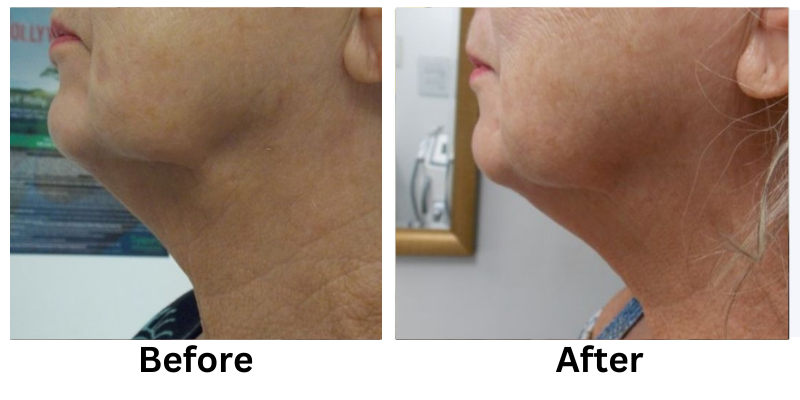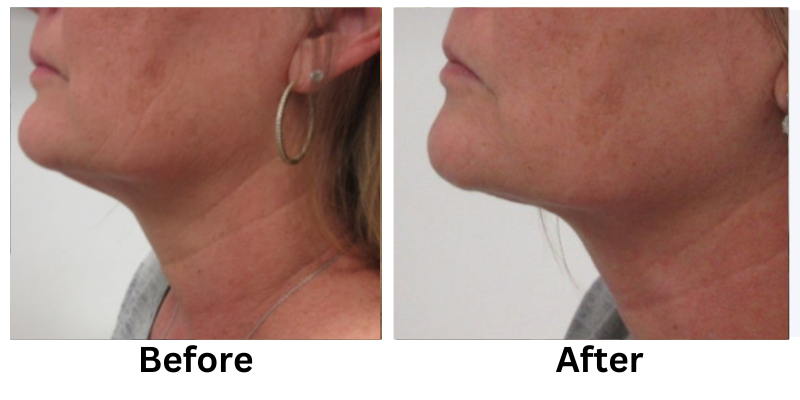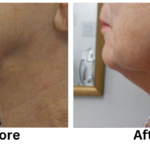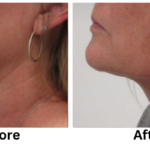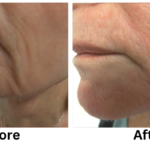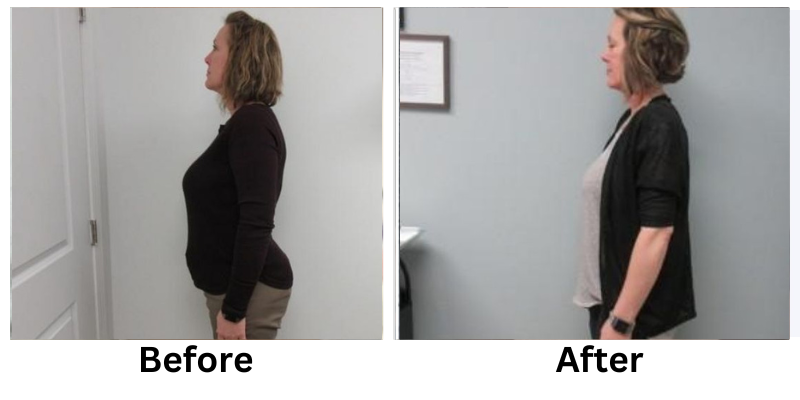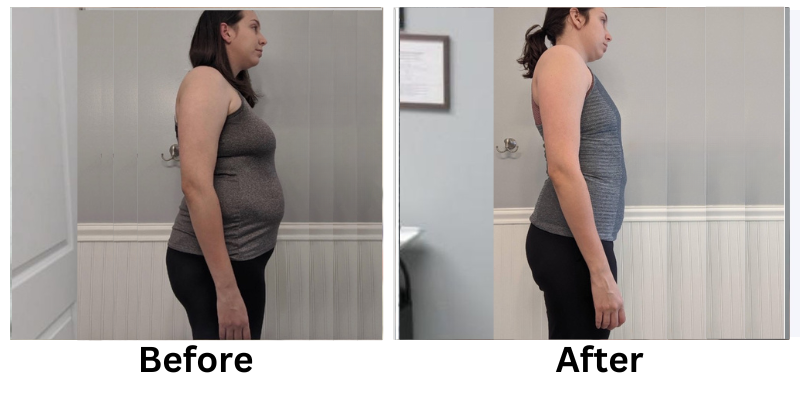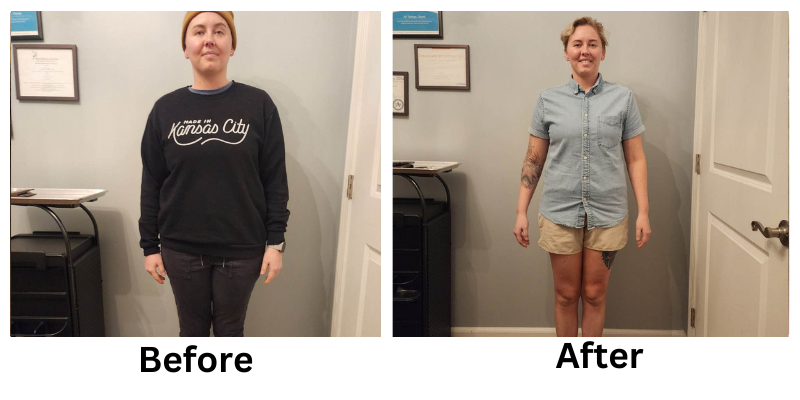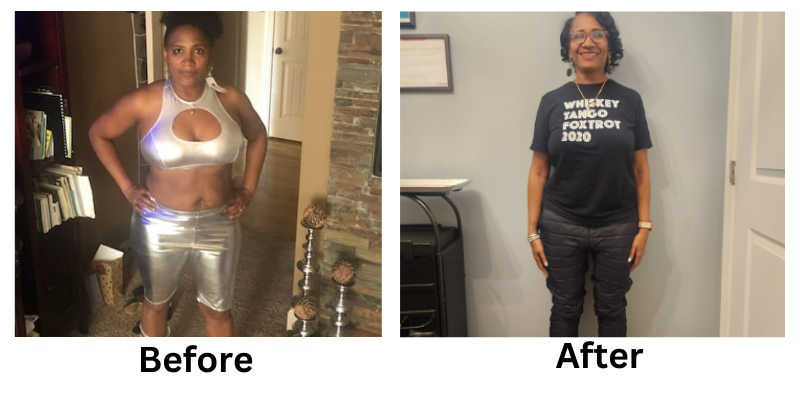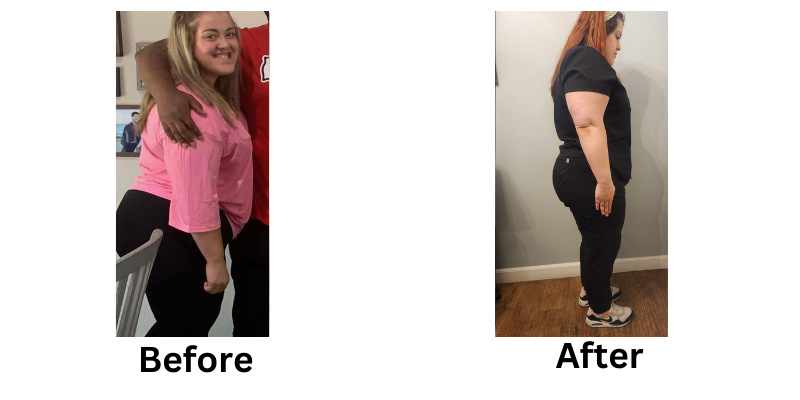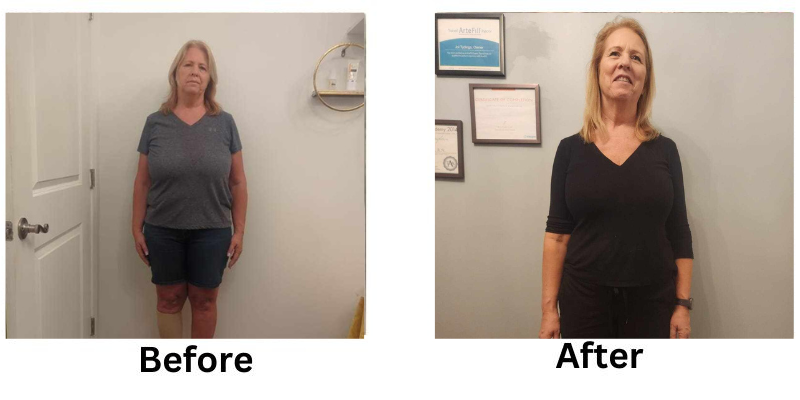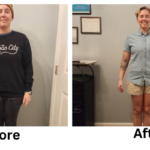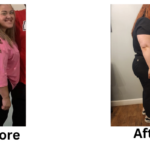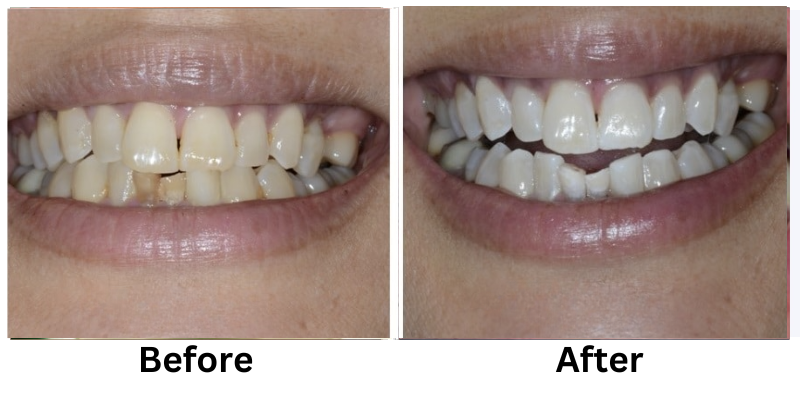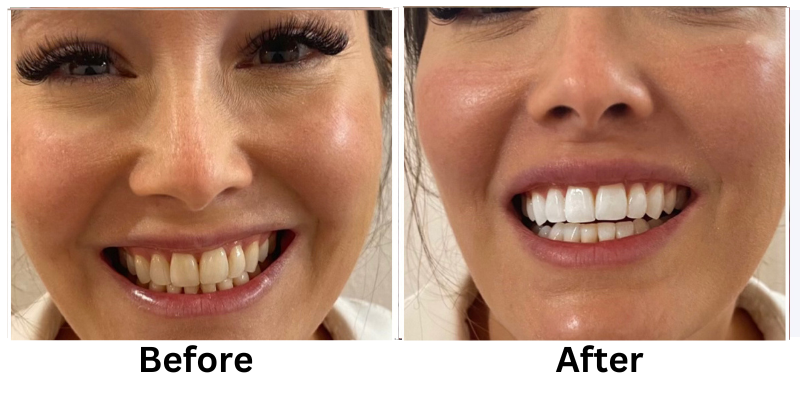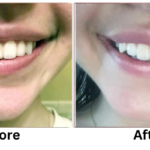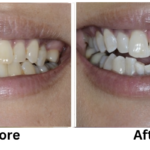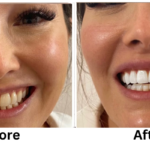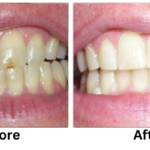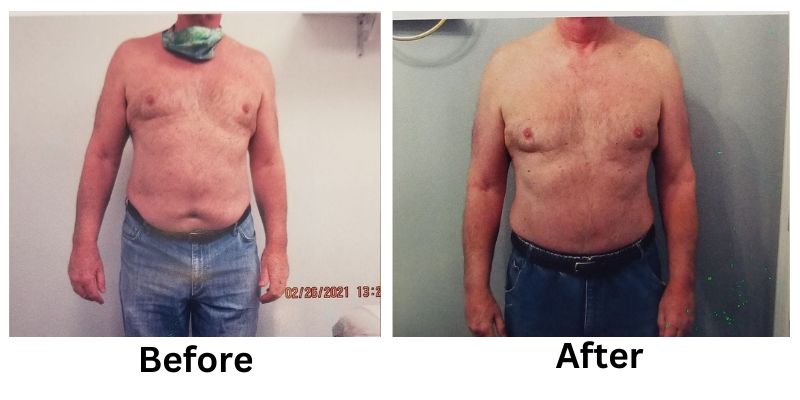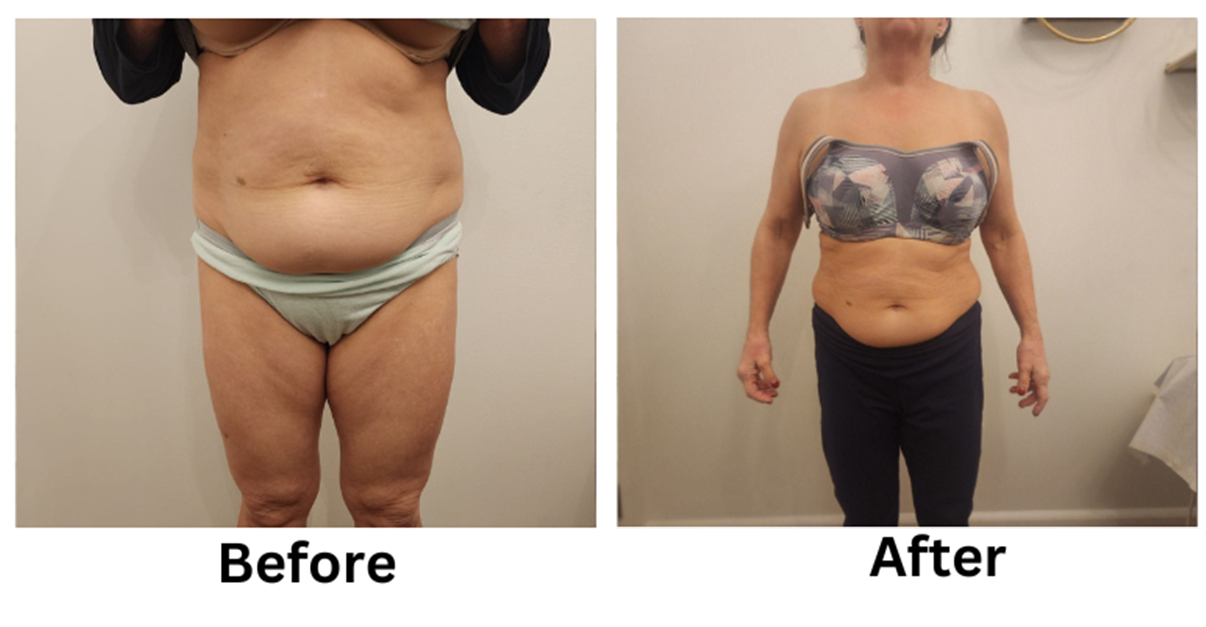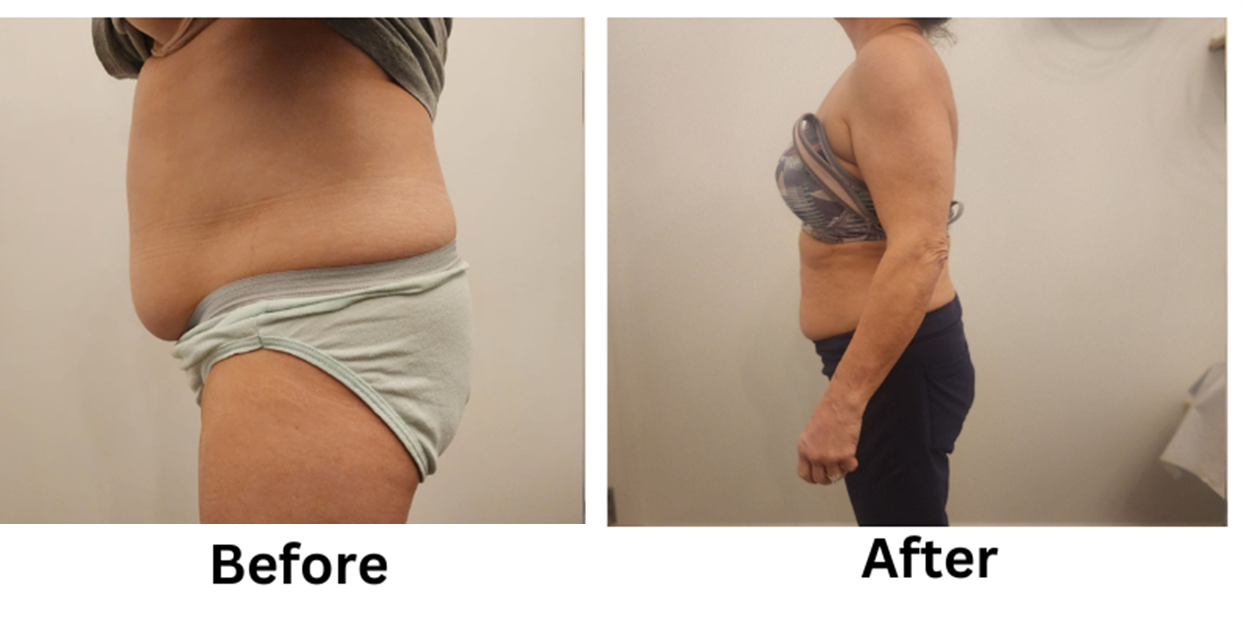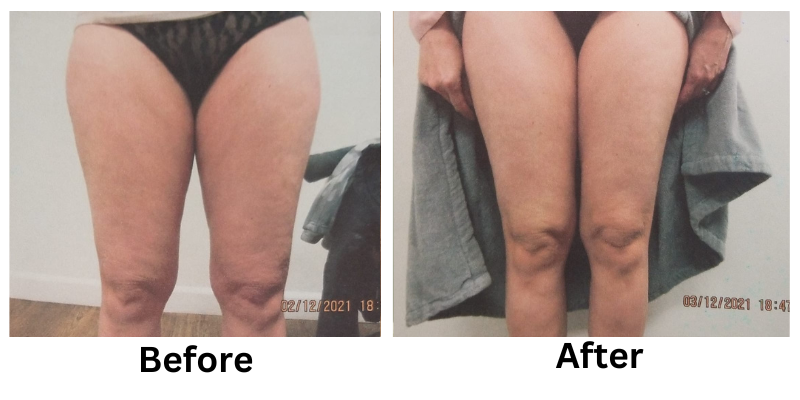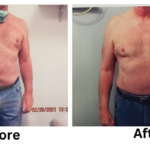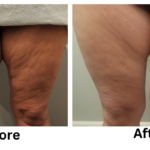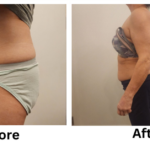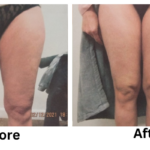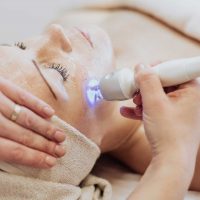Is dermaplaning worth it for achieving smooth, glowing skin? This popular exfoliation treatment removes dead skin cells and fine facial hair, helping skincare products absorb better and makeup apply more seamlessly. However, before scheduling your appointment, it’s important to weigh the dermaplaning pros and cons to determine if it’s the right choice for your skin type.
While many rave about the immediate radiance, some experience dermaplaning regret due to unexpected side effects or unrealistic expectations. So, what should you know before taking the plunge? Let’s explore the key factors to ensure a positive experience.
Get smooth and glowing skin with our Dermaplaning Treatment! Contact us today to learn more and book your appointment. Don’t wait—your skin will thank you!
Why Some People Experience Dermaplaning Regret
While dermaplaning offers many benefits, it’s not suitable for everyone. Some individuals experience dermaplaning side effects, such as irritation, redness, or breakouts, particularly if they have sensitive or acne-prone skin.
Common reasons for dermaplaning regret include:
- Unrealistic expectations – It’s an exfoliation treatment, not a cure-all for acne scars or deep wrinkles.
- Skin sensitivity – Those with rosacea or easily irritated skin may react negatively.
- Improper technique – Choosing an unskilled practitioner can lead to cuts, irritation, or even infection.
By understanding these potential downsides, you can make an informed decision and minimize the chances of post-treatment regret.
Is Dermaplaning Right for Your Skin Type?
Is dermaplaning worth it for you? That depends on your skin type and concerns. While the treatment can enhance skin radiance, improve product absorption, and create a smoother canvas for makeup, it’s not ideal for everyone.
Consider these factors before booking your appointment:
Best for: Dry, dull, or aging skin that benefits from exfoliation.
Avoid if: You have active acne, excessive oil production, or highly sensitive skin.
If you’re wondering whether the pros of dermaplaning outweigh the cons, consult a dermatologist to determine if it’s the right treatment for your skincare goals.
Pros of dermaplaning
The pros of dermaplaning include smoother texture, better product absorption, and instantly brighter skin. This exfoliation technique removes peach fuzz and dull surface cells. Common dermaplane results also include more even tone and improved makeup application. It’s a low-downtime procedure with visible effects after just one session.
Setting Realistic Expectations for Dermaplaning
Let’s be real—dermaplaning is not a magic wand. Yes, it can make your skin look smooth and radiant, but it’s not going to solve all your skincare woes.
It’s important to go in with realistic expectations. If you’re hoping that dermaplaning will completely erase acne scars, smooth out deep wrinkles, or give you flawless skin overnight, you might end up disappointed.
Think of dermaplaning as part of a broader skincare routine. It’s a great way to prep your skin for other treatments, but it’s not a cure-all.
Choosing the Right Practitioner Matters
If you’re still asking, “Is dermaplaning worth it?”, the answer depends on who performs the treatment. Choosing an experienced, licensed professional is critical to avoiding dermaplaning regret and potential complications.
Look for a practitioner who:
- Has certifications and experience in dermaplaning.
- Works in a medical spa or dermatologist’s office rather than a standard salon.
- Provides before-and-after photos or client testimonials.
Avoid DIY dermaplaning at home, as improper technique can lead to irritation, cuts, or infection.
For those seeking professional and safe dermaplaning, consider dermaplaning treatments in Kansas City at Slimming Solutions Med Spa, where our skilled practitioners ensure the best care and results.
And remember, just because a spa offers dermaplaning doesn’t mean they’re the best choice. The wrong technique or lack of skill can lead to cuts, irritation, or worse, infection.
What to Expect During and After Dermaplaning
Okay, so you’ve done your homework, and you’re ready to go. What should you expect during the procedure?
Dermaplaning is usually quick and painless. You’ll lie back while the practitioner uses a small scalpel to gently scrape your skin. The sensation can feel a bit odd, but it shouldn’t hurt. If you’re feeling any pain, speak up—something might be wrong.
After the procedure, your skin might be a little red and sensitive. This is normal and should subside within a day or two. It’s crucial to avoid sun exposure immediately after dermaplaning and to apply sunscreen religiously. Your skin is more vulnerable to UV rays after the procedure.
Most people find their skin looks radiant and feels smooth right after dermaplaning. However, results vary, and it’s possible to experience some dryness or irritation afterward.
Dermaplaning after botox
Wait at least 7 days after Botox before scheduling dermaplaning to prevent skin irritation or filler displacement. Performing dermaplaning after Botox too soon can affect how the neuromodulator settles in your facial muscles. If you’re wondering about timing for dermaplane after Botox, always check with your provider before combining these treatments.
Caring for Your Skin Post-Dermaplaning
After dermaplaning, avoid sun exposure, exfoliants, retinoids, and heavy makeup for at least 48 hours. These elements may irritate the freshly exfoliated skin. Knowing what to avoid after dermaplaning helps prevent redness and breakouts. Use a mineral SPF, skip harsh cleansers, and stick to gentle hydrating serums during recovery.
Dermaplaning before and after photos
Dermaplaning before and after photos show dramatic improvements in brightness, texture, and skin smoothness. Most dermaplane before and after pictures highlight reduced peach fuzz and a glowing finish. For those curious about hair growth, facial hair grow back dermaplaning regrowth pictures show that hair returns soft and unchanged in color or thickness.
Common Myths About Dermaplaning
Let’s bust a few myths that might be causing unnecessary worry.
First up, the idea that dermaplaning will make your hair grow back thicker or darker. This simply isn’t true. The hair might feel different as it grows back, but that’s just because it’s been cut bluntly at the surface. Your peach fuzz won’t suddenly turn into a full-on beard!
Another common myth is that dermaplaning is the same as shaving your face. While both involve removing hair, dermaplaning is much more precise and also exfoliates the skin, something that shaving doesn’t do.
Does dermaplaning cause ingrown hairs?
Dermaplaning does not typically cause ingrown hairs because it cuts fine hair at the surface. Unlike waxing or shaving, it removes peach fuzz without pulling hair from the root. That said, improper technique or sensitive skin may rarely trigger irritation. Concerns about long term effects of dermaplaning like dryness or barrier disruption are preventable with professional care.
How Often Should You Dermaplane?
Wondering how often you should get dermaplaning done? It depends on your skin type and how your skin responds to the treatment.
For most people, once a month is a good rule of thumb. This gives your skin time to recover and regenerate before the next session.
However, if you have particularly sensitive skin, you might want to space out your treatments even more. Always listen to your skin and consult with your skincare professional if you’re unsure.
Alternatives to Dermaplaning
If you’re still on the fence about dermaplaning, there are other options to consider.
Microdermabrasion, chemical peels, or even a simple exfoliating scrub can give you similar results without the need for a scalpel. These alternatives might be better suited to your skin type or comfort level.
Remember, there’s no one-size-fits-all when it comes to skincare. What works for one person might not work for another. The key is finding what makes your skin look and feel its best.
The Bottom Line on Dermaplaning Regret
Dermaplaning can be a fantastic way to achieve smooth, glowing skin, but it’s not without its risks. The key to avoiding regret is to do your research, manage your expectations, and choose the right professional.
If you go in informed and with realistic expectations, you’re more likely to walk out feeling happy and confident in your skin.
Ultimately, the best way to avoid dermaplaning regret is to make sure it’s the right choice for you. And remember, there’s no rush—take your time to decide what’s best for your skin.
Ready to experience smooth, glowing skin? Book your Dermaplaning Treatmenttoday at Slimming Solutions Med Spain Lee’s Summit and Kansas City! Our skilled professionals ensure a safe and personalized experience, leaving you with a complexion that radiates confidence. Don’t wait—schedule your appointment nowand reveal your most beautiful skin yet!
FAQs
How painful is dermaplaning?
Dermaplaning is generally painless. Some people might feel a slight tingling or scraping sensation, but it shouldn’t hurt.
Can I dermaplane at home?
It’s not recommended to try dermaplaning at home. The procedure requires a steady hand and proper technique to avoid cuts or irritation.
Will my hair grow back thicker after dermaplaning?
No, your hair will not grow back thicker or darker after dermaplaning. This is a common myth but not true.
How often should I get dermaplaning done?
Most people can benefit from dermaplaning once a month. However, it depends on your skin type and how it responds to the treatment.
Can dermaplaning cause breakouts?
Dermaplaning can sometimes cause breakouts, especially if you have acne-prone skin. It’s important to consult with a professional before trying the treatment.
What should I avoid after dermaplaning?
After dermaplaning, avoid sun exposure, harsh skincare products, and heavy makeup. Stick to gentle, hydrating products and sunscreen.

